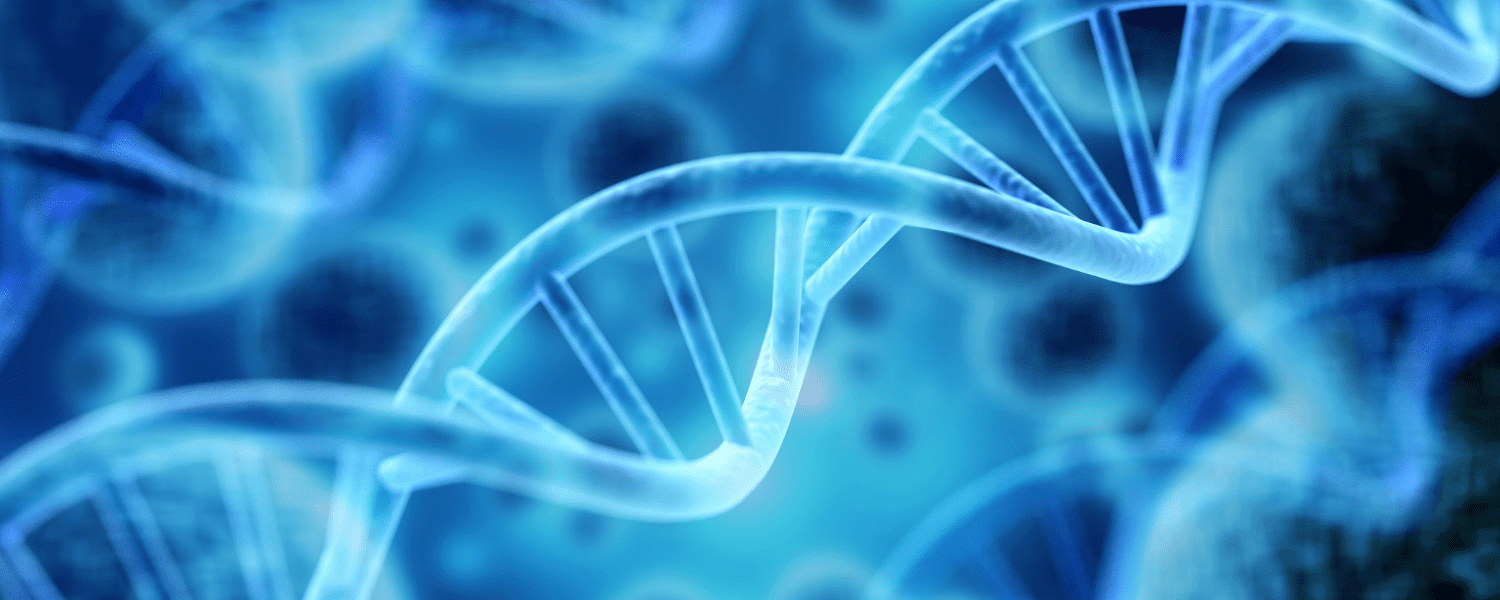Cryo-EM reveals never-before-seen look at the ‘proofreading’ proteins that safeguard DNA
July 7, 2025

Much like an editor combing through an article for mistakes, our DNA relies on proofreading to ensure the accurate passage of information from one generation of cells to the next.
This process, called DNA replication, occurs trillions of times each day in the human body. It requires a carefully orchestrated team of molecular workers to unzip DNA’s ladder-like helix and build new strands that mirror the original. Along the way, these workers must avoid introducing new mistakes and correct them if they do occur.

The stakes are high: At least 40 diseases, including many cancers and rare disorders, are linked to problems with DNA replication.
“A typo in a book or a homework assignment may be embarrassing, but a typo in our DNA can be devastating,” said Van Andel Institute’s Dr. Huilin Li, a structural biologist who has studied DNA replication for more than two decades. “The proofreading process is essential for understanding health and developing new ways to prevent and treat disease.”
Thanks to new findings published in PNAS by Li and his longtime collaborator Dr. Michael O’Donnell of The Rockefeller University, we now have a clearer understanding of how proofreading works — and how it can go awry.

During replication, the two strands of the DNA helix are pulled apart to create a Y shape. Molecular construction workers called polymerases then use the single strands as templates to assemble the missing half of each strand, turning one DNA helix into two.
As this is happening, a special polymerase called Polε carefully checks for and corrects mistakes. If it fails to fix an error, the result can be a mutation that gives rise to cancer or another disease.
Polε doesn’t do this important work alone. It teams up with PCNA, a ring-shaped protein “clamp” that prevents polymerases from falling off the DNA strand.
Using the Institute’s high-powered cryo-electron microscopes (cryo-EM), Li, O’Donnell and their teams demonstrated for the first time that PCNA and Polε remain tightly linked throughout the proofreading process.
Learn more about structural biology research at VAI ➔
They also found that Polε–PCNA complex uses a three-step process to fix problems that occur during replication. First, the damaged DNA is moved out of the construction zone to a triage area, or exo site. Polε then unspools a bit more DNA and, finally, cuts out the error.
“DNA replication mistakes are the root of so many diseases,” Li said. “A detailed understanding of these complex processes is a critical step toward potential new therapies.”
Research reported in this publication was supported by the National Institute of General Medical Sciences under award nos. R35GM148159 (O’Donnell) and R35GM131754 (Li); Van Andel Institute (Li); and Howard Hughes Medical Institute (O’Donnell). The content is solely the responsibility of the authors and does not necessarily represent the official views of the National Institutes of Health or other funding organizations.
Want to learn more? Check out episode 44 of the Base by Base podcast, which features a detailed breakdown of this work.

